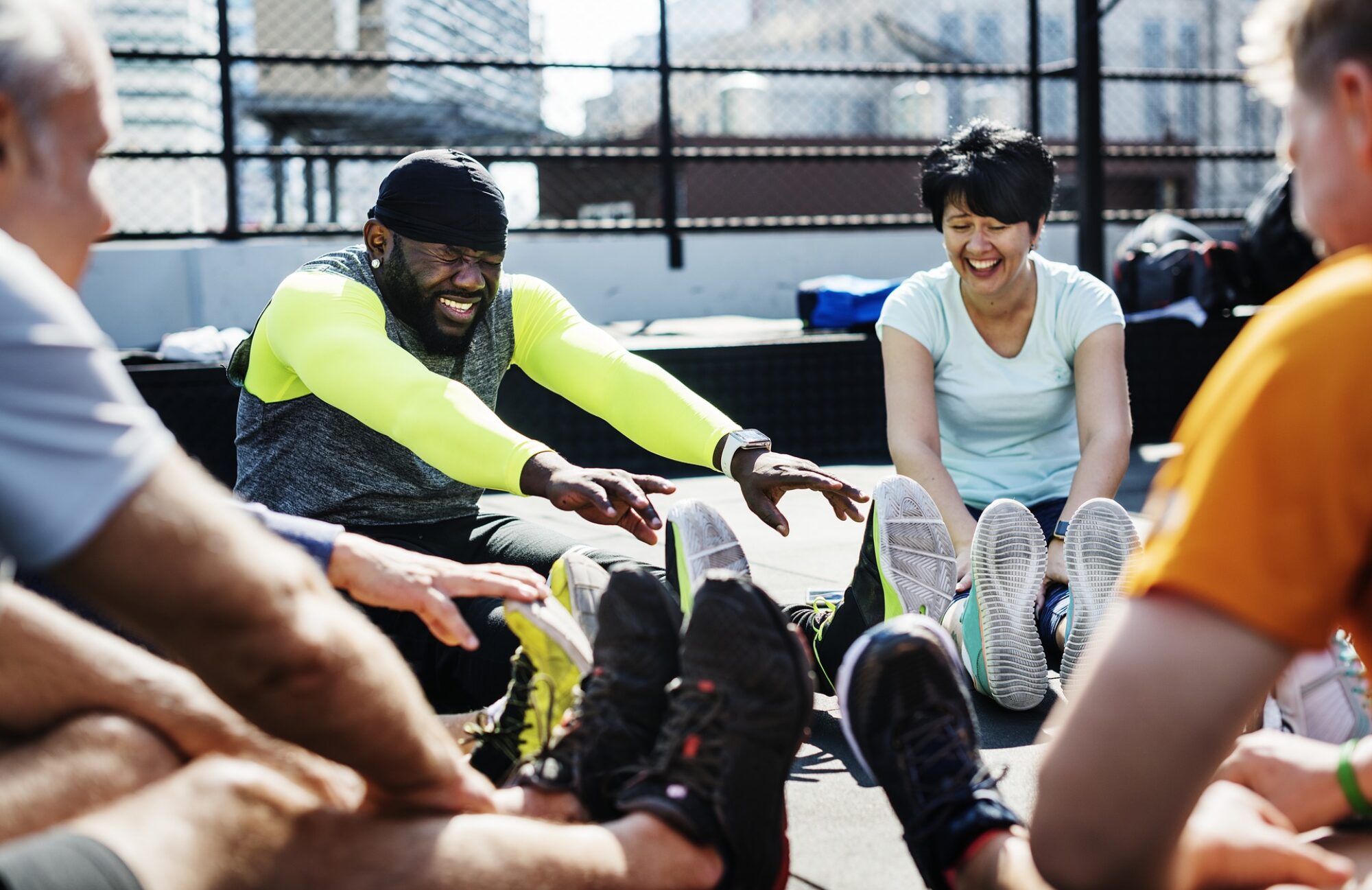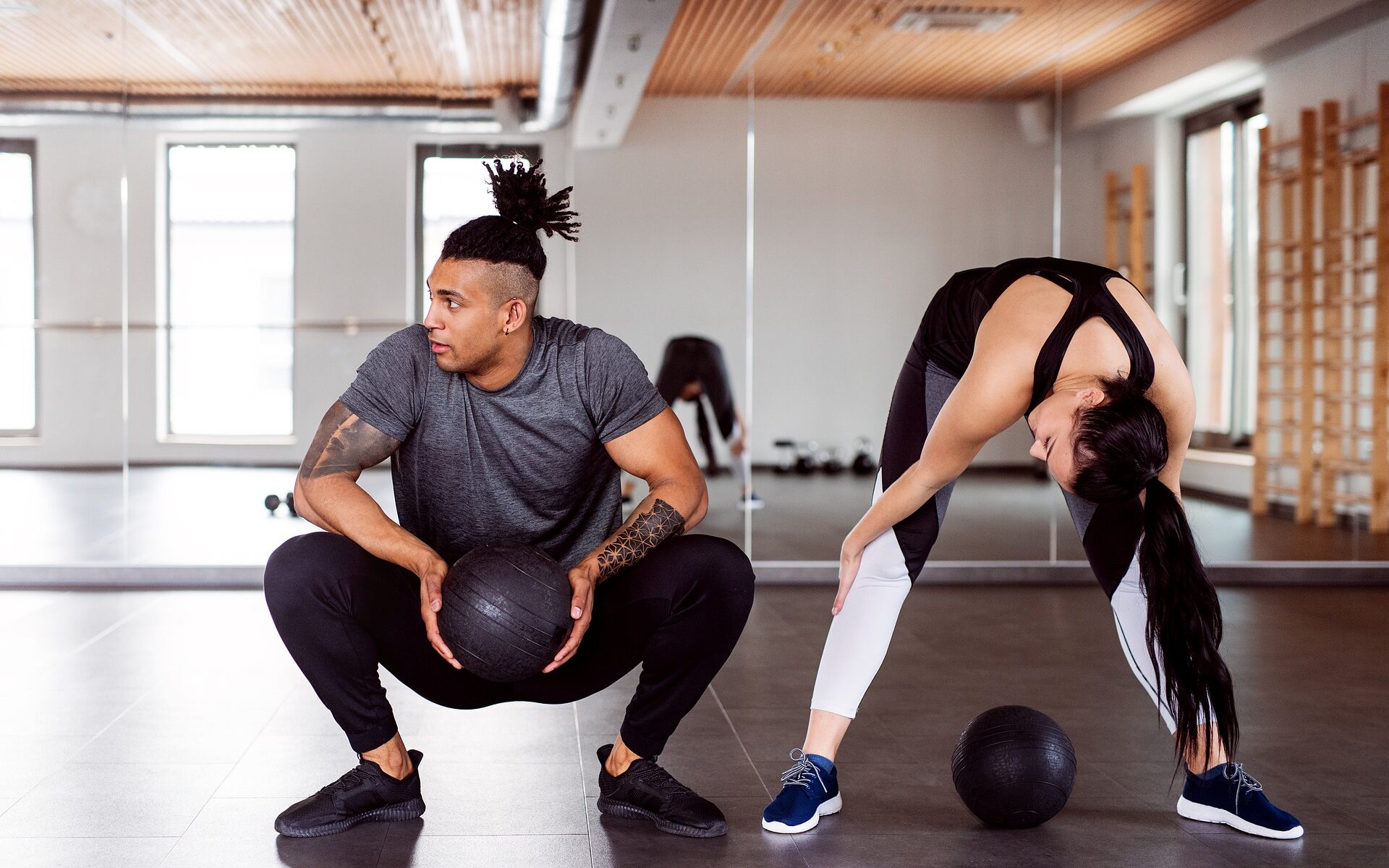As prediabetics, our goal is to stay far away from type 2 diabetes, and to eventually get out of prediabetes land.
We’re working on our weight and changing what we eat. Do we really need to exercise, too?
It’s worth taking a look. If we can’t reach our goal without adding exercise to our lives, we need to know that so we can make an informed choice.
Cochrane[i] published an update[ii] in December 2017 of an earlier Cochrane Review from 2008. The review searches for an answer to our question: Is exercise necessary to lower blood sugar levels?
Here’s how they set up their review:
For their search methods, they, “searched the CENTRAL, MEDLINE, Embase, ClinicalTrials.gov, ICTRP Search Portal and reference lists of systematic reviews, articles and health technology assessment reports. The date of the last search of all databases was January 2017.”
And for their selection criteria they, “included randomised controlled trials (RCTs) with a duration of two years or more.”
OK, sounds good. Let’s see what they found.
Although they make it clear that more research needs to be done, at this time there doesn’t appear to be a definitive answer as to whether just changing one’s diet and not exercising, or just exercising and not changing one’s diet, affects the chances of developing type 2 diabetes.
But, there is some evidence that for prediabetics, changing one’s diet and increasing physical activity may reduce the chance of developing type 2 diabetes.
What kind of exercise are we talking about?
Before we get into that, be aware that exercise can change blood sugar levels. The direction isn’t always down. Under the right conditions, blood sugar levels will rise with exercise. Or the levels might go too low. They’re fickle.
Check with your healthcare provider before starting any exercise regime to determine what’s safe for you.
There are multiple studies about exercise and the reduction of blood sugar levels. It isn’t yet clear how vigorous that exercise must be to show a benefit, although low intensity exercise doesn’t seem to do much to lower blood sugar levels.
Basically, we’re talking about low, moderate, and high intensity exercise.
Low intensity: walking, stretching, housework – if you can talk and sing without running out of breath, you’re exercising at a low intensity.
Moderate intensity: jogging, cycling uphill, lifting weights – if you can talk, but you can’t sing more than a few notes without running out of breath, you’re exercising at a moderate intensity.
High intensity: running, a rapid set of jump squats, jumping rope as fast as you can – if you can’t say more than a handful of words without becoming breathless, you’re exercising at a high intensity.
Another way to measure the intensity of a workout is to monitor your maximum heart rate (MHR). Low intensity gets you to 40 to 50 percent of your MHR, moderate intensity gets you to 50 to 70 percent of your MHR, and high intensity gets you to 70 to 85 percent of your MHR.[iii]
There’s quite a formula to finding your MHR and personal percentages. The talk method is an easier way to monitor exercise intensity.
Looking at some of the various studies completed so far, it seems that short bursts of high intensity exercise may do more to lower blood sugar levels than longer sessions of moderate intensity exercise.
There is no certain answer yet as to level of exercise needed to do the job, but it’s pretty clear that changing eating habits and exercising is the way to go.
Check with your healthcare provider before making any changes to your eating or exercise habits. It’s important to get healthy, but we don’t want to accidently harm ourselves along the way.
[i] Cochrane, https://www.cochrane.org/, (March 9, 2019).
[ii] Cochrane Library, Diet, physical activity or both for prevention or delay of type 2 diabetes mellitus and its associated complications in people at increased risk of developing type 2 diabetes mellitus, https://www.cochranelibrary.com/cdsr/doi/10.1002/14651858.CD003054.pub4/full, (March 9, 2019).
[iii] Mayo Clinic, Exercise intensity: How to measure it, https://www.mayoclinic.org/healthy-lifestyle/fitness/in-depth/exercise-intensity/art-20046887, (March 10, 2019).

